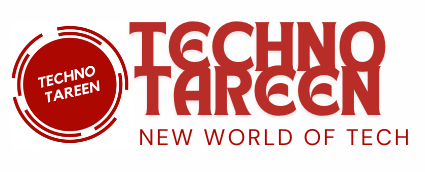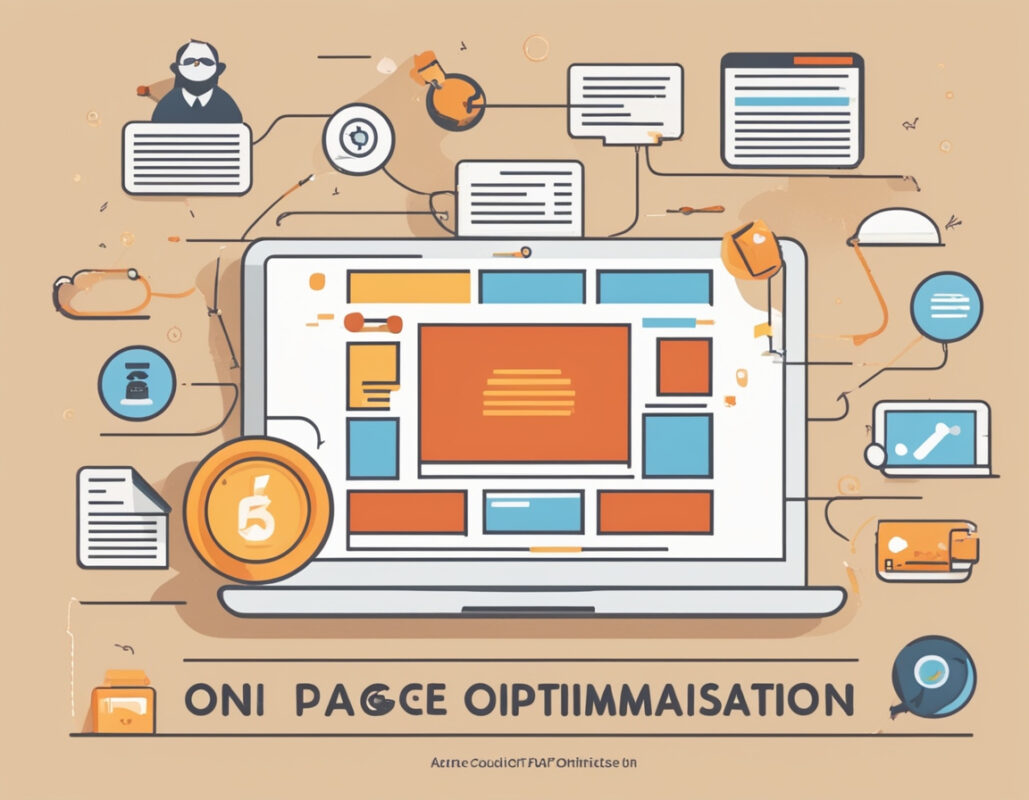SEO
On Page optimisation a Step-by-Step Guide
On-Page Optimisation: A Comprehensive Guide
On-page optimisation is a critical component of Search Engine Optimisation (SEO), aimed at improving the visibility of web pages in search engine results. Unlike off-page SEO, which focuses on external factors such as backlinks, on-page SEO deals with elements within the website itself. This includes optimising content, HTML code, and the overall structure to make the site more appealing to search engines like Google.
In this article, we will explore the key aspects of on-page optimisation, providing actionable insights into how you can enhance your website’s performance.
Buy our services about on-page optimisation click here
1. Understanding On-Page Optimisation
On-page optimisation refers to the process of tweaking individual web pages to rank higher in search engine results and earn more relevant traffic. It involves optimising both the content and the source code of a page. This process is crucial because search engines like Google use complex algorithms to determine the relevance and value of a page to users.
The main factors that influence on-page optimisation include:
- Content Quality: The relevance, usefulness, and originality of the content.
- Keyword Usage: The strategic placement of relevant keywords throughout the content.
- Title Tags and Meta Descriptions: HTML elements that summarize the content and attract clicks.
- URL Structure: The clarity and simplicity of the page URLs.
- Internal Linking: Links to other pages within the website, helping both users and search engines navigate the site.
- Mobile-Friendliness: Ensuring the site is accessible and functional on mobile devices.
Let’s delve deeper into each of these factors.
2. Content Quality
Content is often referred to as the king in the realm of SEO. High-quality content is the foundation of effective on-page optimization. It needs to be relevant, valuable, and engaging for the target audience. Search engines prioritize content that answers users’ queries, provides in-depth insights, and offers something unique.
- Relevance: Content should be directly related to the search query. This means understanding the user’s intent and providing comprehensive answers or solutions.
- Originality: Avoid duplicating content from other sources. Original content is not only a best practice but also a requirement for avoiding penalties from search engines.
- Engagement: Content should be engaging, with a clear structure, headings, subheadings, bullet points, and images to make it easier to read and understand.
Actionable Tips:
- Conduct thorough research on your target audience to understand their needs and preferences.
- Use content calendars to plan and organize content creation.
- Regularly update and refresh old content to maintain its relevance.
3. Keyword Usage
Keywords are the bridge between what users are searching for and the content you are providing. Proper keyword usage is essential for helping search engines understand the content and match it with relevant search queries.
- Keyword Research: Identify the keywords that your target audience is searching for. Tools like Google Keyword Planner, SEMrush, and Ahrefs can help in finding relevant keywords with good search volume and low competition.
- Keyword Placement: Place the primary keyword in strategic locations such as the title, meta description, headers, and throughout the content. However, avoid keyword stuffing, as it can lead to penalties.
Actionable Tips:
- Focus on long-tail keywords that are more specific and less competitive.
- Use synonyms and related phrases to create a natural flow in the content.
- Analyze competitors to identify gaps in keyword usage and fill them with your content.
4. Title Tags and Meta Descriptions
Title tags and meta descriptions are HTML elements that provide information about a webpage’s content. They play a crucial role in on-page optimization, influencing both click-through rates (CTR) and search engine rankings.
- Title Tags: The title tag appears as the clickable headline in search engine results. It should be concise, descriptive, and include the primary keyword. An ideal title tag is around 50-60 characters long.
- Meta Descriptions: This is a brief summary of the page content, usually 150-160 characters long. While meta descriptions don’t directly impact rankings, they can influence CTR by providing a compelling reason for users to click on the link.
Actionable Tips:
- Craft unique and compelling title tags and meta descriptions for each page.
- Include a call-to-action (CTA) in the meta description to encourage clicks.
- Avoid duplicating title tags and meta descriptions across different pages.
5. URL Structure
The URL structure of your web pages is another important aspect of on-page optimisation. A well-structured URL not only improves user experience but also helps search engines understand the hierarchy and content of your site.
- Readability: URLs should be easy to read and understand, both for users and search engines. Avoid using long, complex strings of numbers and letters.
- Keywords in URL: Including the primary keyword in the URL can boost SEO performance.
- Hierarchy: The URL should reflect the structure of the website, with clear categories and subcategories.
Actionable Tips:
- Use hyphens to separate words in URLs instead of underscores.
- Keep URLs as short and concise as possible.
- Avoid using unnecessary parameters and special characters in URLs.
6. Internal Linking
Internal linking refers to the practice of linking one page of a website to another page within the same domain. It plays a crucial role in on-page optimization by helping users navigate the site and distributing link equity across pages.
- Improved Navigation: Internal links guide users to related content, keeping them on the site longer.
- SEO Value: Search engines use internal links to discover and index new pages. Well-structured internal linking can boost the rankings of important pages.
Actionable Tips:
- Link to relevant pages using descriptive anchor text.
- Create a clear internal linking strategy that prioritizes high-value pages.
- Avoid excessive internal linking, as it can confuse both users and search engines.
7. Mobile-Friendly
With the increasing use of mobile devices, ensuring that your website is mobile-friendly is no longer optional. Google’s mobile-first indexing means that the mobile version of your site is considered the primary version.
- Responsive Design: Use responsive web design to ensure that your site adapts to different screen sizes and devices.
- Fast Loading Speed: Mobile users expect fast-loading pages. Optimize images, minify code, and use caching to improve speed.
- User Experience: Ensure that the site is easy to navigate on mobile, with clear buttons, readable text, and a clean layout.
Actionable Tips:
- Use Google’s Mobile-Friendly Test tool to check how well your site performs on mobile.
- Regularly monitor mobile traffic and performance metrics to identify and fix issues.
- Optimize touch elements (e.g., buttons, links) for ease of use on smaller screens.
8. Image for on-page optimisation
Images enhance the visual appeal of a website but can also impact performance if not optimized correctly. Image optimization involves reducing file sizes without compromising quality, using appropriate file formats, and providing descriptive alt text.
- File Size: Large image files can slow down your website. Compress images to reduce file size while maintaining quality.
- File Format: Choose the right format (JPEG, PNG, GIF) based on the type of image. JPEGs are generally best for photographs, while PNGs work well for graphics with transparent backgrounds.
- Alt Text: Alt text describes the image to search engines and is also used by screen readers for accessibility. Including relevant keywords in the alt text can improve SEO.
Actionable Tips:
- Use tools like TinyPNG or ImageOptim to compress images before uploading.
- Implement lazy loading to defer loading images until they are needed.
- Include descriptive, keyword-rich alt text for all images.
9. Structured Data (Schema Markup)
Structured data, or schema markup, is code added to your website that helps search engines understand the content more effectively. It can enhance search results with rich snippets, providing more information to users before they click through.
- Rich Snippets: These are enhanced search results that display additional information such as ratings, reviews, or event dates. They can increase CTR and improve visibility.
- Knowledge Graph: Schema markup can also help your content appear in Google’s Knowledge Graph, providing users with quick answers.
Actionable Tips:
- Use Google’s Structured Data Markup Helper to create and implement schema markup.
- Regularly test your schema markup using Google’s Rich Results Test tool.
- Focus on implementing schema for content types like articles, events, products, and reviews.
10. Technical SEO Factors on-page optimisation
While on-page optimization primarily focuses on content and HTML elements, technical SEO factors are also crucial for ensuring that search engines can crawl and index your site effectively.
- Site Speed: A fast-loading website is essential for both user experience and SEO. Optimize server response time, compress files, and use content delivery networks (CDNs) to improve speed.
- Sitemaps: XML sitemaps help search engines find and index your pages. Ensure your sitemap is up-to-date and submitted to Google Search Console.
- Robots.txt: This file instructs search engines on which pages to crawl and which to ignore. Properly configure your robots.txt file to avoid indexing issues.
Actionable Tips:
- Regularly monitor site speed using tools like Google PageSpeed Insights.
- Keep your XML sitemap updated and ensure it includes all important pages.
- Review and update your robots.txt file to avoid accidentally blocking important content.
11. Conclusion
On-page optimization is an ongoing process that requires attention to detail and a thorough understanding of SEO best practices. By focusing on content quality, keyword usage, technical SEO, and other on-page factors, you can significantly improve your website’s visibility and performance in search engine results.
Regularly auditing your site for on-page SEO issues

